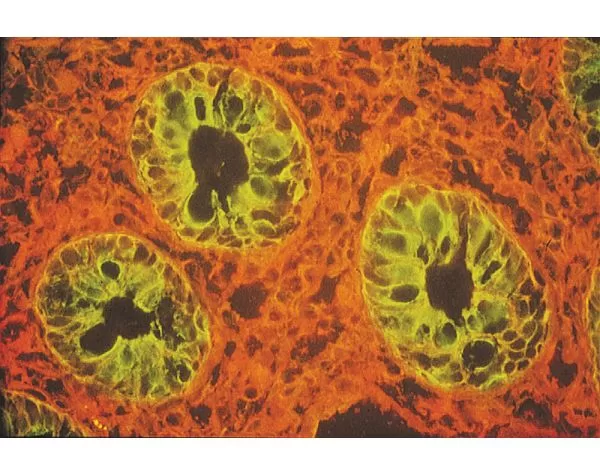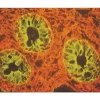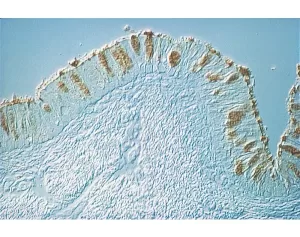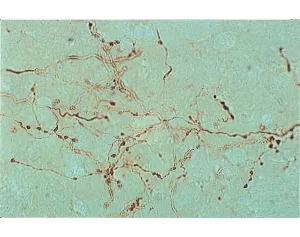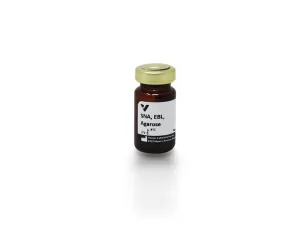Description
Tomato lectin (from Lycopersicon esculentum) is an effective marker of blood vessels and microglial cells in rodents. Conjugation of the lectin with a fluorophore facilitates fast, one-step detection and visualization using intravascular perfusion methods or direct application to tissue sections.
Technical Information
Tomato lectin (from Lycopersicon esculentum) is a very stable single subunit glycoprotein containing about 50 percent arabinose and galactose and may form multimeric aggregates in solution. Tomato lectin, although sharing some specificities with potato lectin, Datura lectin, and wheat germ agglutinin, has been reported to be dissimilar in many respects. LEL binds well to glycophorin and Tamm-Horsfall glycoprotein and has been used effectively to label vascular endothelium in rodents.
Inhibiting/Eluting Sugar: Chitin Hydrolysate

